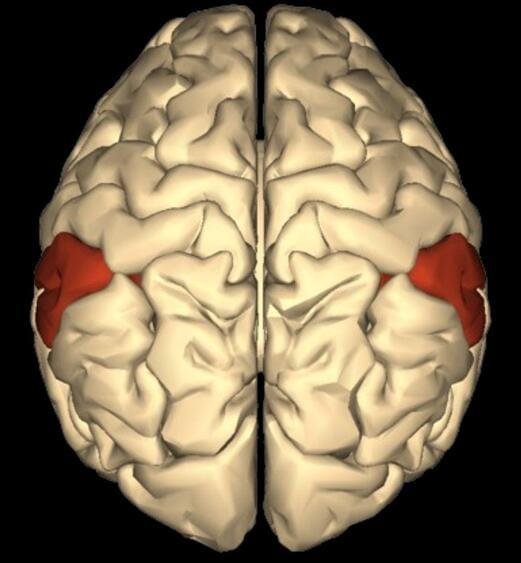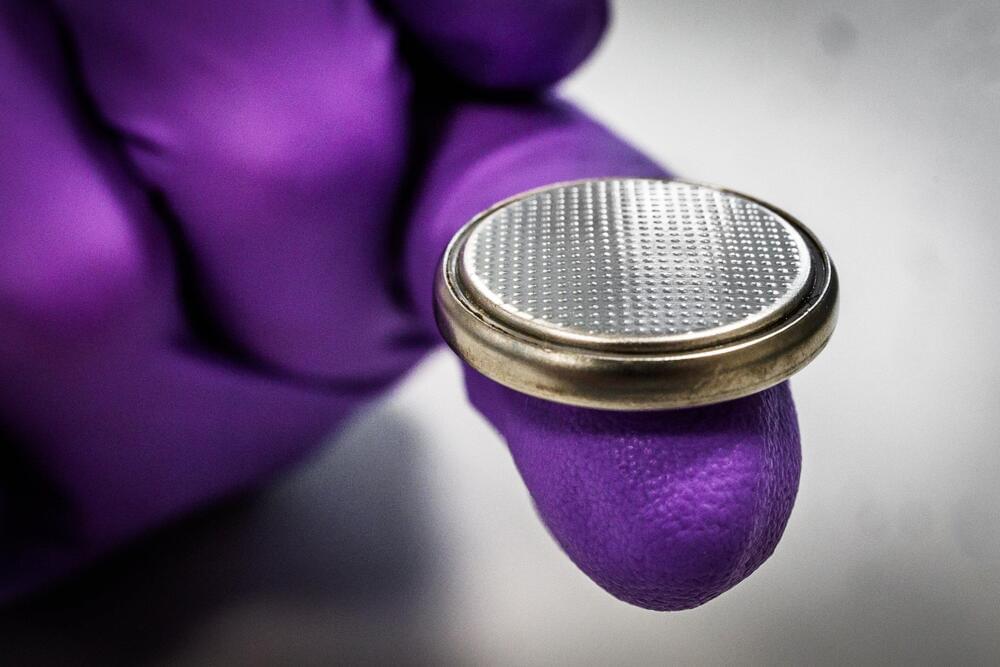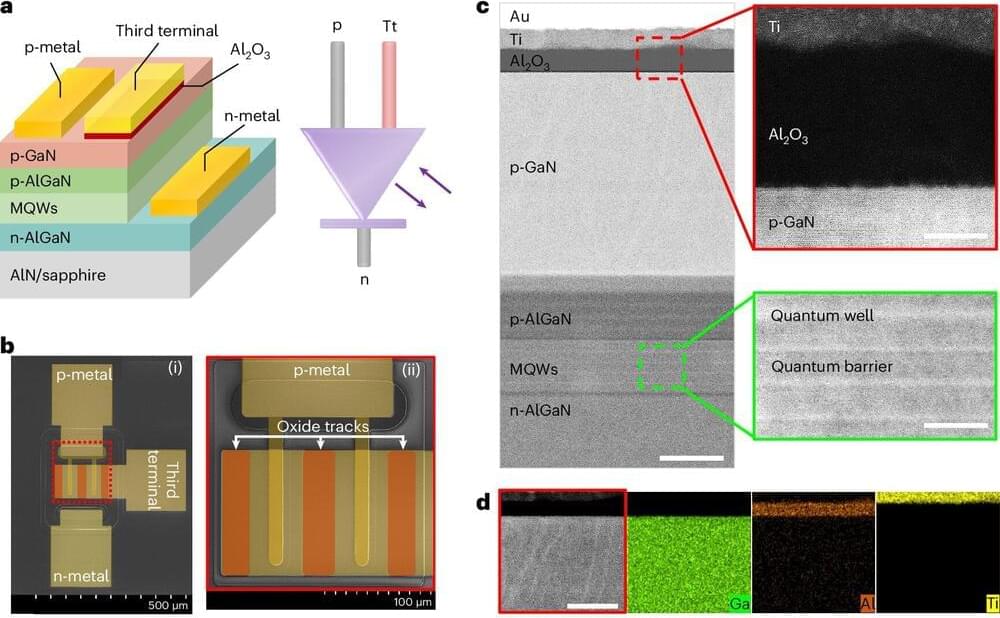OpenAI just announced new changes to ChatGPT’s data analysis feature. Users can now create customizable, interactive tables and charts with the AI chatbot’s help that they can later download for presentations and documents. They can also upload files to ChatGPT from Google Drive and Microsoft OneDrive.
However, not all ChatGPT users will gain access to the new data analysis features. The upgrade will roll out for ChatGPT Plus, Team, and Enterprise users over the coming weeks. The new data analysis capabilities will be available in GPT-4o, OpenAI’s new flagship model recently released as part of the company’s Spring Update.
Also: ChatGPT vs. ChatGPT Plus: Is a paid subscription still worth it?






